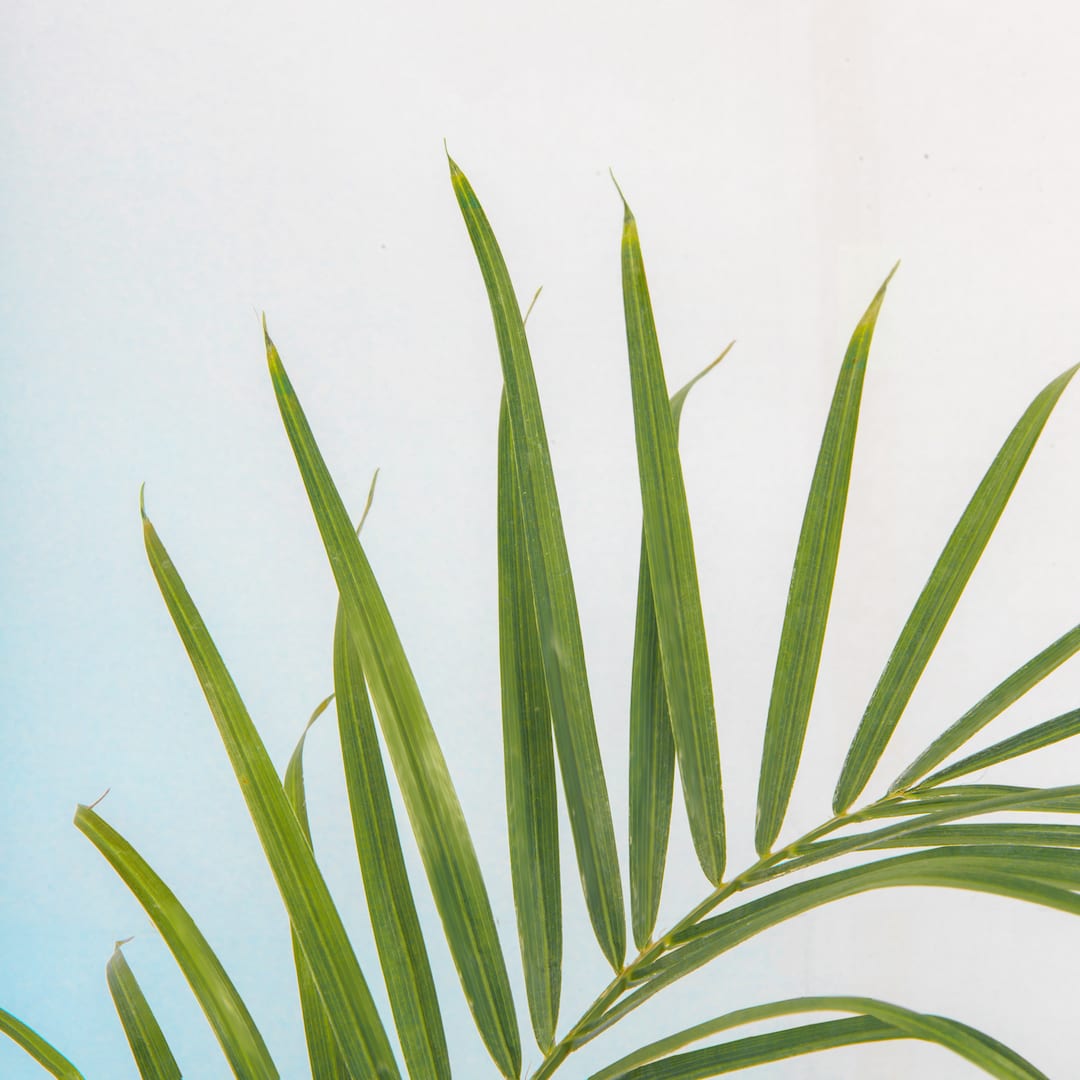As wonderful as summer can be (thanks to longer days, trips to the beach and pool, and lighter brighter vibes in general), it’s not necessarily ideal as far as our skin is concerned. After all, exposure to UV rays is the leading cause of visible signs of aging—not to mention it can lead to some pretty serious hazards for skin and overall health. In search of intel and solutions to save our skin all summer long and 365 days a year, we tapped celebrity esthetician and Goldfaden MD’s Educational Advisor Gina Mari. Heed her advice on all things sun safety and skin repair. Plus: helpful FYIs on the ingredients you’ll want in your skincare routine, ASAP.
What is the biggest misconception people have about sun safety?
What skincare ingredients can heighten photosensitivity and what are your tips for using them in the summer months?
What skincare ingredients can help minimize sun damage, whether immediately or more long term?
Direct sun exposure aside, what are the surprising culprits that can wreak havoc on your skin in the warmer months?
What is one thing you wish everyone would do (or not do) in terms of sun exposure and skin health?
Do you have a go-to hack to reduce post-sun skin sensitivity?
ABOUT GINA MARI
 Gina Marí is a skincare expert with a unique approach to skin renewal and preservation. She was named “Top Celebrity Facialist in Los Angeles” by Allure Magazine and works with a list of high-profile, A-list clientele who know her as meticulous, compassionate and forward-thinking. Gina curates skincare programs for her clients, designed for both immediate results and long-term maintenance to improve the health and vitality of the skin “Seeing my clients happy, glowing and confident is a gift that constantly inspires and motivates me,” she says. Immersed in the developing science of skincare, Gina conducts advanced research and utilizes cutting-edge technologies in her skincare programs, constantly discovering new treatments to help her clients with their individual skincare concerns and goals.
Gina Marí is a skincare expert with a unique approach to skin renewal and preservation. She was named “Top Celebrity Facialist in Los Angeles” by Allure Magazine and works with a list of high-profile, A-list clientele who know her as meticulous, compassionate and forward-thinking. Gina curates skincare programs for her clients, designed for both immediate results and long-term maintenance to improve the health and vitality of the skin “Seeing my clients happy, glowing and confident is a gift that constantly inspires and motivates me,” she says. Immersed in the developing science of skincare, Gina conducts advanced research and utilizes cutting-edge technologies in her skincare programs, constantly discovering new treatments to help her clients with their individual skincare concerns and goals.


